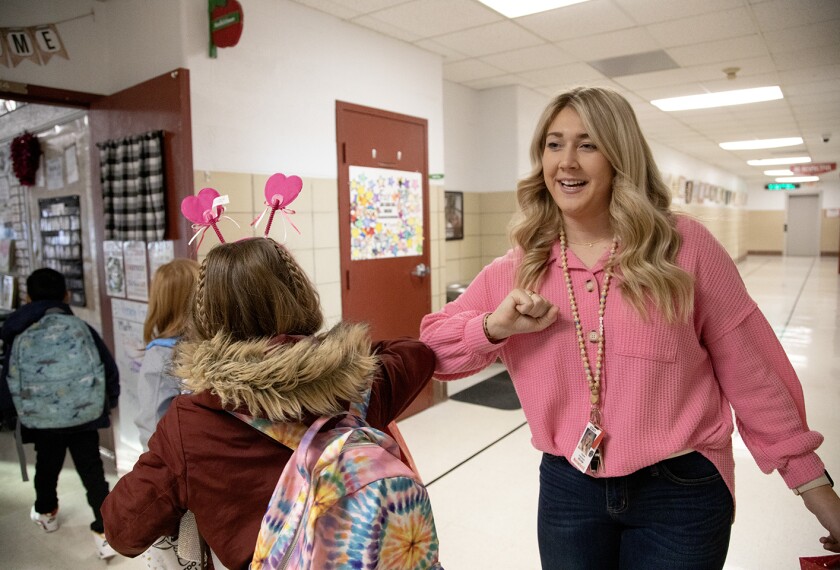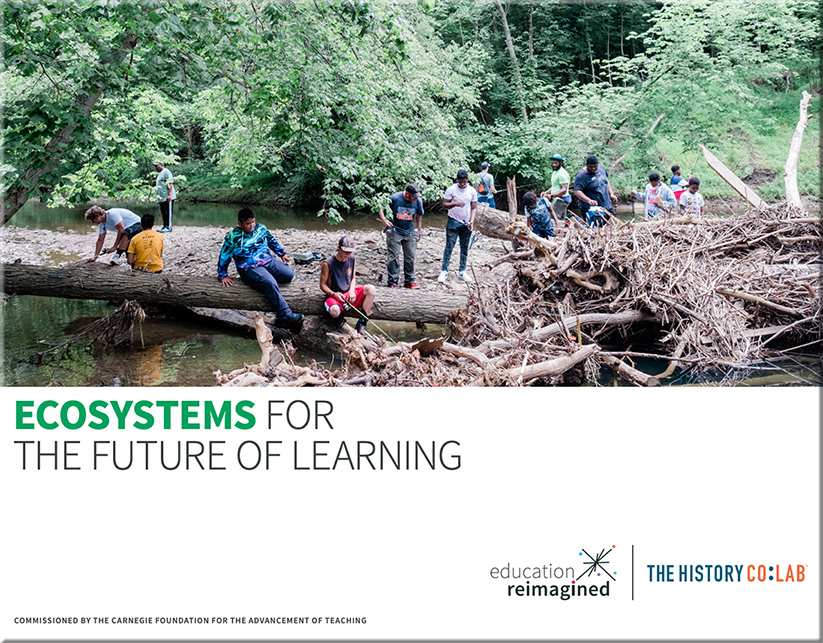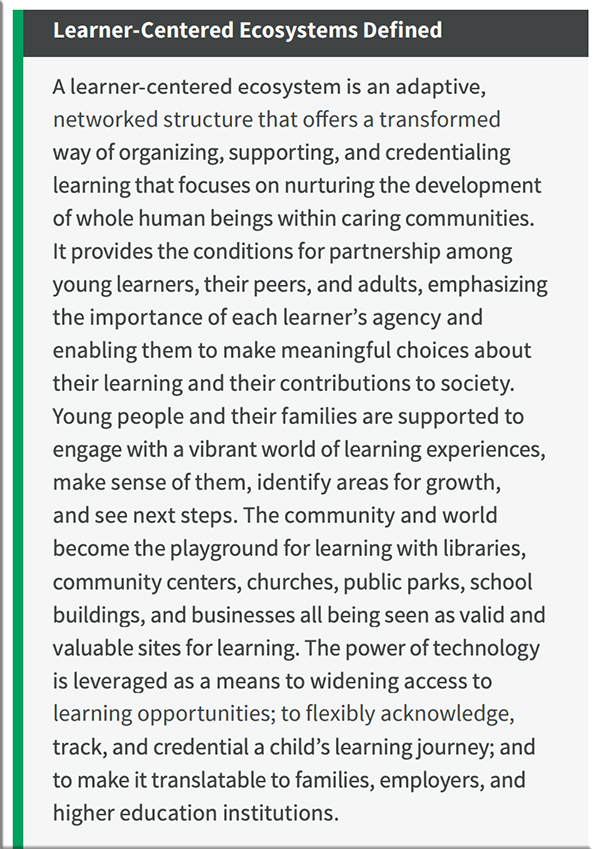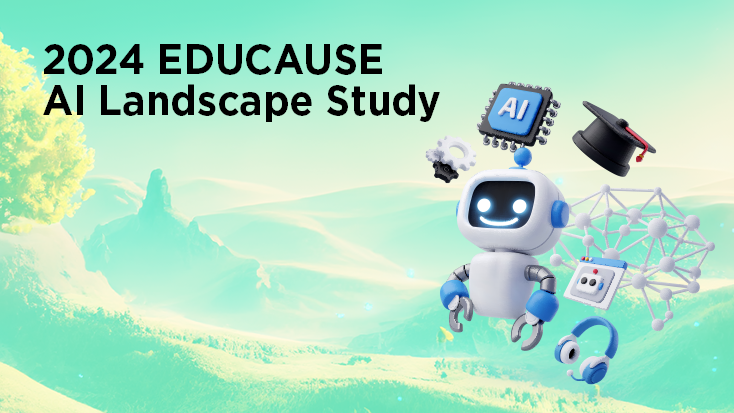To Fix U.S. Education, Free Our Teachers — from www-forbes-com.cdn.ampproject.org by Brandon Busteed
![Teachers are the least empowered, most[-]disrespected, stressed and burned-out of all professions in the U.S. IMAGED CREATED BY DALL-E FOR BRANDON BUSTEED](https://imageio-forbes-com.cdn.ampproject.org/i/s/imageio.forbes.com/specials-images/imageserve/65d8b0ac957e1304a58aea38/Teacher/960x0.png?height=711&width=711&fit=bounds) Teachers are the least empowered, most[-] disrespected, stressed and burned-out of all professions in the U.S. IMAGED CREATED BY DALL-E FOR BRANDON BUSTEED
Teachers are the least empowered, most[-] disrespected, stressed and burned-out of all professions in the U.S. IMAGED CREATED BY DALL-E FOR BRANDON BUSTEED
If your goal was to create a miserable work environment where employees are stressed, burned out, disrespected and given no say in their job just look to U.S. schools for inspiration. They are our ‘best practice of miserable workplaces.’ And if you were looking for one major fix to education in America, you’d do everything in your power to ensure teachers are empowered.
Teacher engagement and empowerment may be the single most important national objective for improving education. Yet years of failed education policy combined with maligned attitudes about teaching have rendered teachers as among the least empowered and most disrespected professions in the country. This is a tragedy of unimaginable proportions. After all, teachers are the gateways to every profession because they are the ones we have tasked with teaching and motivating every young person in the country.
We need to free our teachers to do what they do best – to teach and inspire. Well-intentioned yet failed education policies that have overemphasized standardized testing and driven national and state-level ‘standardized’ curriculum have led to teacher disempowerment.
Transforming Communities Into K-12 Classrooms — from forbes.com by Kate Cassada
Putting The Public Back In Education
CommunityShare is an interesting nonprofit organization that has found a way to promote vibrant educational experiences by connecting students and educators to the skills, knowledge, and life experiences of community members.
…
Founded in 2015 in Tucson, Arizona, CommunityShare aims to reimagine the relationship between schools and communities. The organization’s vision is “a world where everyone sees themselves as a learner and educator working together to develop their community’s potential.”
Through CommunityShare, teachers and community partners, from artists to astronauts, co-design enriched learning projects that tap into students’ creativity, cultivate real-world skills, and expose students to available community assets.
An unexpected way to fight chronic absenteeism — from hechingerreport.org by Javeria Salman
School districts are having some success with using telemedicine and teletherapy to ensure more kids stay in school
The telemedicine clinic is also a way to relieve the burden on working parents, Oakley said: Many parents in the district’s Title I schools work hourly wage jobs and rely on public transportation, making it difficult to pick up a sick child at school quickly.
How HBCUs are building a stronger Black teacher pipeline — from k12.dive.com by Anna Merod
As HBCUs produce 50% of all Black educators nationwide, a UNCF report illustrates best practices for recruitment efforts.
Dive Brief:
- Amid ongoing efforts to diversify the K-12 teacher workforce, a United Negro College Fund report finds some historically Black colleges and universities are working to get Black students in the teacher pipeline by tapping into faculty networks, establishing relationships with school districts and using financial aid as a recruitment tool.
- Additionally, HBCUs leveraged long-standing connections with their local Black church communities to promote teacher prep programs and financial aid offerings during religious services.
- UNCF suggested higher ed institutions develop pipelines for Black educators beginning in high school by offering students opportunities to work with children and then maintaining relationships with them through their matriculation into college and eventual completion of a teacher certification.

















